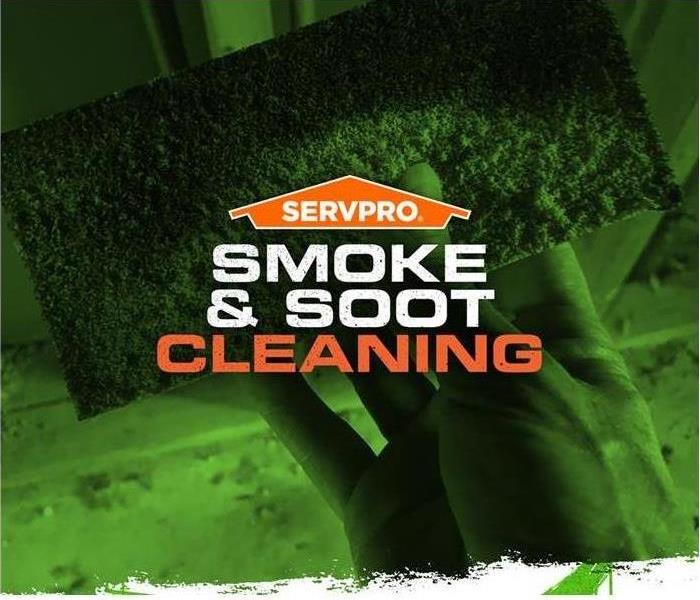Bellevue Homeowners Trusts SERVPRO After Fire Damage
9/8/2022 (Permalink)
 After a fire, it takes the correct equipment and cleaning agents to remove soot stains in your Bellevue home. Be wise and contact SERVPRO.
After a fire, it takes the correct equipment and cleaning agents to remove soot stains in your Bellevue home. Be wise and contact SERVPRO.
How SERVPRO Cleans Smoke and Soot Residues After Fire Damage to Bellevue Homes?
The goal of SERVPRO technicians during the restoration of fire damage to your Bellevue home is to return the materials to the preloss condition. Cleaning smoke and soot residue requires advanced techniques as residue can interact with heat, oxygen, moisture, and gasses.
SERVPRO technicians understand that the different types of material and the effects of heat and smoke on them can create challenges in restoring fire damage in your Bellevue home. Hence, it is difficult to establish a fixed, defined procedure for cleaning smoke damage. SERVPRO techs understand and adapt to individual situations and formulate a most effective plan. Our goal is to restore your home “Like it never even happened.”
The Principles of Cleaning Smoke and Soot
SERVPRO technicians employ the following fundamental principles for cleaning your fire damaged Bellevue home-
- Finding and identifying the residue: The first and foremost step in fire damage restoration is to find and identify the smoke and soot residue and evaluate the extent of the damage. SERVPRO teams thoroughly inspect the damaged property and determine the best possible restoration procedure.
- Capturing and removing the residue: SERVPRO technicians use air and fluid to capture the smoke and soot particles. The two most common ways of capturing the residues include:
- Vacuuming: As smoke particles mostly contain carbon, dry smoke residue can be removed by vacuuming.
- Dissolving: Technicians use solvents to loosen the bonds between residues and the surface, allowing them to be suspended and flushed away. The type of soil and the surface involved dictate the type of solvent used.
- Disposing of residue: SERVPRO technicians dispose of any residue according to the local laws and guidelines.
Loosening Bonds Between Soils and Surfaces
The cleaning process that SERVPRO technicians use aims to break the bonds between soils and surfaces. The following four actions are used for the purpose:
- Mechanical action: Agitation is often one of the most effective ways to dislodge surfaces. SERVPRO technicians use agitation with roto pads, brushes, steel wool, and sandpaper to remove dry, non-greasy residue from surfaces.
- Lubrication: Lubrication aims to break the connection between the soil and the surface by making the residues slide into the cleaning solution. SERVPRO technicians use detergents to provide lubricating action during restorative cleaning.
- Chemical action: In some situations, the chemical nature of the residue needs to be changed to remove it from surfaces. SERVPRO technicians use bleaches and enzymes for this purpose. The bleaches chemically alter the residue removing it from the surfaces.
- Suspension and dispersion: In some cases, solvents are used to either dissolve the soils or suspend them so that they can be removed.
Specialty Cleaning Methods
SERVPRO technicians use an ultrasonic cleaner that uses sound waves to form and instantaneously implode millions of tiny vapor bubbles to clean materials that can withstand immersion into a cleaning solution. The energy produced by the collapsing bubbles makes the process efficient in providing agitation to remove residues.
IICRC-certified SERVPRO restorers can help deal with the damage to your Bellevue home. Our technicians are available round the clock to help you, and We’re Faster To Any Size Disaster.
Call SERVPRO of Bellevue West at (425) 454-3900 today.






 24/7 Emergency Service
24/7 Emergency Service